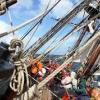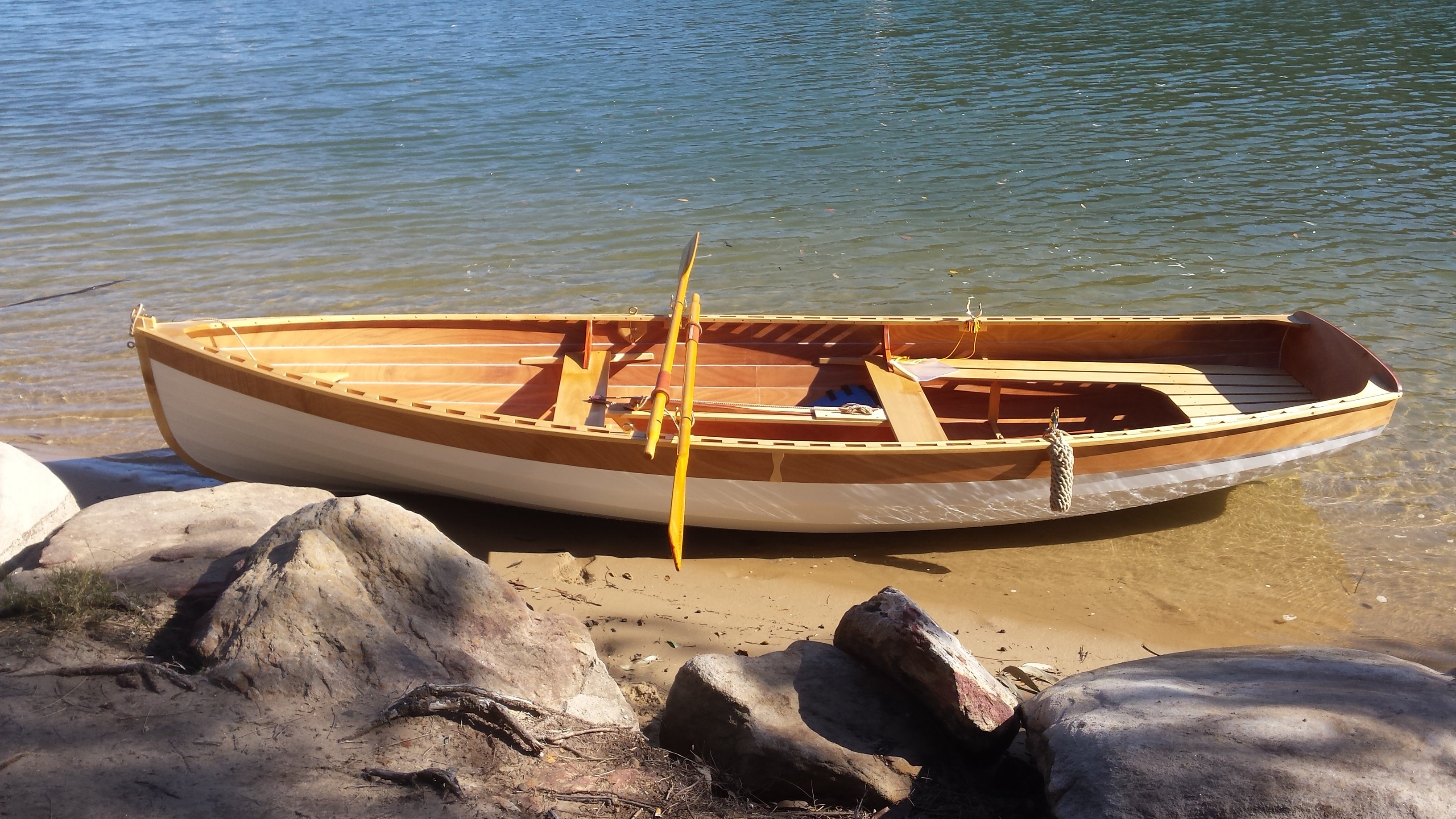-
Posts
1,297 -
Joined
-
Last visited
Content Type
Profiles
Forums
Gallery
Events
Everything posted by Bedford
-

1876 Parcel van by michael mott
Bedford replied to michael mott's topic in Non-ship/categorised builds
Beautifully executed, I love it! -

1876 Parcel van by michael mott
Bedford replied to michael mott's topic in Non-ship/categorised builds
I'll follow this one, I love a scratch build mechanical model and you'll come up with some very interesting processes no doubt -
Always a pleasure to have you back onboard Michael
- 2,215 replies
-
The Sutton Hoo ship is very interesting Keith. I'm a member of Lake Macquarie Classic Boat Assoc. we are a similar bunch of "old codgers" who build and restore classic boats but not to that scale or degree of authenticity. I think groups like that are always welcoming and happy to discuss their work. I can definitely appreciate the amount of waste that would occur cutting their strakes that way but it's authentic.
-
I think Mark is onto it but the vertical lever is the tiller (side steering) and the half inch rod is a keeper rail to protect it. So bent to 90deg at each end and into the carlin or coaming so the tiller is captive. I'd guess side steering was the ideal method for a small fishing boat as it leaves the cockpit and the other side of the boat clear to work.
-
Yes, I've seen and held Johns previous model and it's just beautiful. The man does excellent work!
-
I use PVA and a little C.A. where applicable unless it's going to get wet in which case I use epoxy. Used WEST on the first RC one I did and it's a nightmare, the stuff goes off while you're mixing it! I now swear by Bote Cote. No nasty chemicals and no hardening anxiety, it gives plenty of work time to get a good job.
-
Nice to see you making some progress mate, You'll have to elaborate on the restoration project. There are a lot of beautiful, and some quite large, ship models there.
-
That's a great demonstration, lovely to see it moving with all oars. If you look at the rudders on RC sailboats you'll find they are normally way oversize because scale size isn't enough so if you want scale rudders you might need to get creative like, and it's a sneaky and historically abhorrent solution but I'm sure you could get a small bow thruster to slip into probably the stern, for proper movement, to help it turn.
- 536 replies
-
- Quadrireme
- radio
-
(and 1 more)
Tagged with:
-
All that beautifully intricate work foiled by cheap crap auxiliary components. It drives me mad that I can't buy good quality things like that anymore
- 536 replies
-
- Quadrireme
- radio
-
(and 1 more)
Tagged with:
-
It had to be incredibly frustrating having gone to great lengths to get the planking so good only to see it open up. It looks brilliant now but I'd be inclined to get that paint on as a matter of urgency to seal it before the moisture level changes again.
-
On the subject of rudders, I wonder if they were, in reality, more trim tabs than actual rudders, as is the case in tall ships in which the set of the sails does most of the heading work. Having had the helm on a 4 man row boat I can tell you the rudder only has any real effect when the oars are out of the water so you end up with a segmented turn.
- 536 replies
-
- Quadrireme
- radio
-
(and 1 more)
Tagged with:
About us
Modelshipworld - Advancing Ship Modeling through Research
SSL Secured
Your security is important for us so this Website is SSL-Secured
NRG Mailing Address
Nautical Research Guild
237 South Lincoln Street
Westmont IL, 60559-1917
Model Ship World ® and the MSW logo are Registered Trademarks, and belong to the Nautical Research Guild (United States Patent and Trademark Office: No. 6,929,264 & No. 6,929,274, registered Dec. 20, 2022)
Helpful Links
About the NRG
If you enjoy building ship models that are historically accurate as well as beautiful, then The Nautical Research Guild (NRG) is just right for you.
The Guild is a non-profit educational organization whose mission is to “Advance Ship Modeling Through Research”. We provide support to our members in their efforts to raise the quality of their model ships.
The Nautical Research Guild has published our world-renowned quarterly magazine, The Nautical Research Journal, since 1955. The pages of the Journal are full of articles by accomplished ship modelers who show you how they create those exquisite details on their models, and by maritime historians who show you the correct details to build. The Journal is available in both print and digital editions. Go to the NRG web site (www.thenrg.org) to download a complimentary digital copy of the Journal. The NRG also publishes plan sets, books and compilations of back issues of the Journal and the former Ships in Scale and Model Ship Builder magazines.





